keto diet and recipes: A science‑guided, positive plan to start strong, stay satisfied, and use The Ultimate Keto Meal Plan with confidence
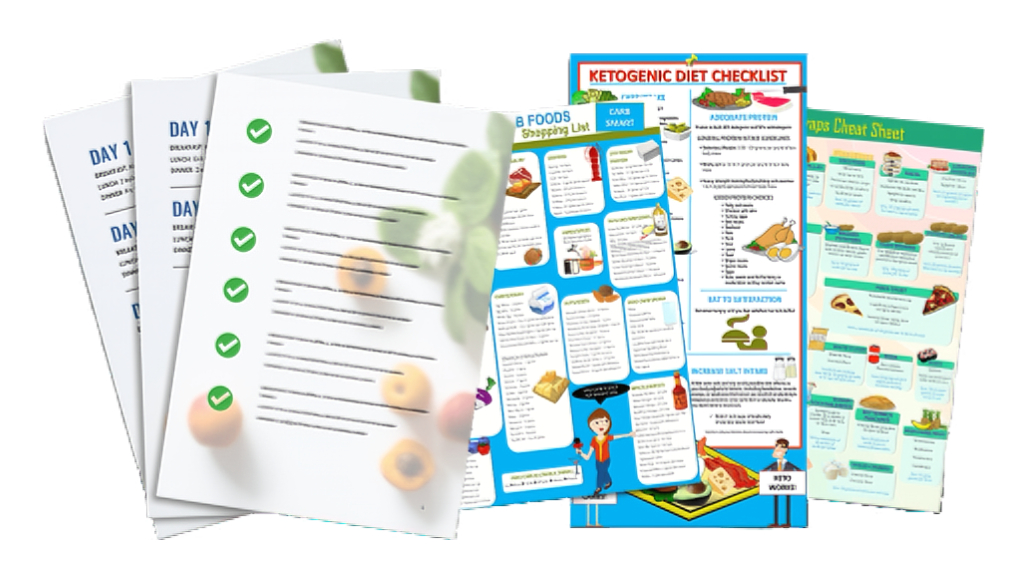
This comprehensive guide explains keto diet and recipes with credible, up‑to‑date evidence, clear guardrails, and practical meal ideas so progress feels simple, safe, and sustainable from week one.
The problem most people face
Most attempts at keto diet and recipes fail because the plan is vague, electrolytes are ignored, and macros drift out of ketosis, leading to “keto flu,” cravings, and rebound eating within days.
A structured approach that sets realistic carb limits, prioritizes unsaturated fats, and uses done‑for‑you planning like The Ultimate Keto Meal Plan removes guesswork and improves adherence for ordinary schedules and budgets.
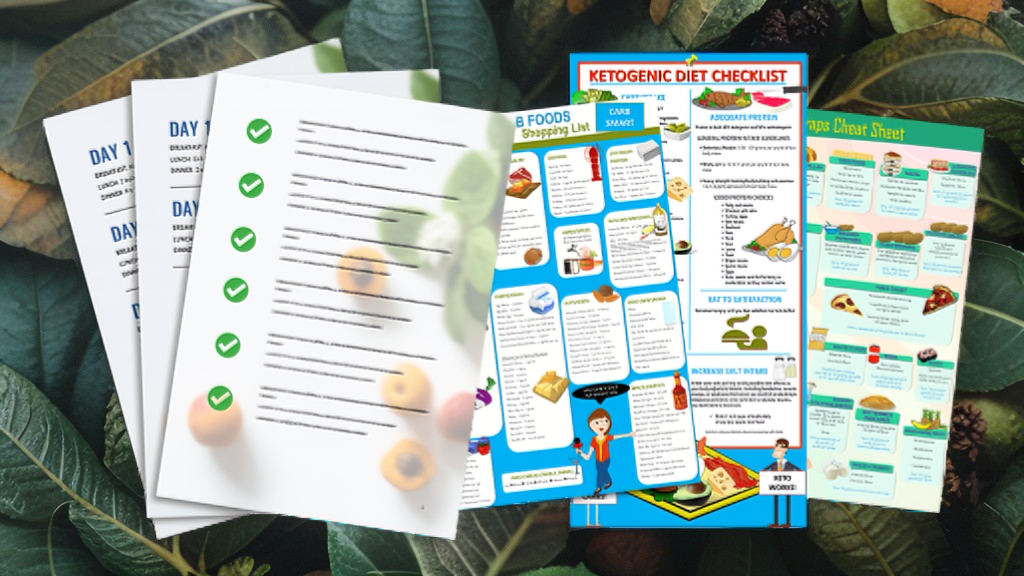
What this guide delivers
- Clear keto diet and recipes fundamentals grounded in reputable medical and academic sources, not hype or hearsay.
- Practical macros, safety notes, and electrolyte advice to reduce side effects while maintaining nutritional ketosis for targeted goals.
- A transparent look at The Ultimate Keto Meal Plan—what’s inside, who it helps, and how to combine it with responsible health guidance.
Keto in a nutshell: what it is and why it works
At its core, keto diet and recipes restrict carbohydrates enough to shift fuel preference from glucose to ketone bodies, a state called nutritional ketosis that can support reduced appetite and fat loss for many adults when applied responsibly.
Typical keto macronutrients are about 70–75% of calories from fat, roughly 20% from protein, and about 5–10% from carbohydrates, though clinical and popular plans vary in exact targets and food lists.
Several reviews report potential benefits of keto diet and recipes for weight reduction, visceral fat loss, and better hunger control, while emphasizing that individual responses vary and long‑term data remain mixed for some outcomes.
The role of ketosis and how to reach it
Nutritional ketosis occurs when carbohydrate intake is low enough to limit glucose availability and promote hepatic ketone production, often achieved with <50 g carbs/day in many protocols for keto diet and recipes, though thresholds differ by person and activity level.
Because amino acids can be converted to glucose, excessive protein can impair ketosis, which is why keto diet and recipes typically set protein as moderate rather than very high.
Electrolytes—sodium, potassium, magnesium—often need attention in keto diet and recipes to mitigate early side effects and maintain performance as glycogen and water stores shift.
Evidence‑aligned benefits and real‑world limitations
Early phases of keto diet and recipes commonly show reduced hunger, water loss, and body‑mass reductions, with some studies noting improvements in glycemic markers in specific populations under medical oversight.
Cleveland Clinic and Harvard note that adherence can be challenging, and that food quality matters—favoring minimally processed choices and unsaturated fats within keto diet and recipes aligns better with cardiometabolic health.
No single template works for everyone, so keto diet and recipes should be individualized and monitored, especially for those with chronic conditions or on glucose‑lowering medications.
Safety first: who should be cautious or avoid keto
Keto diet and recipes may raise specific risks for individuals with type 1 diabetes due to ketoacidosis concerns, and require careful medical supervision for people with significant cardiometabolic disease, pregnancy, kidney disease, or eating disorders.
Side effects dubbed “keto flu” include fatigue, headaches, constipation, and muscle cramps in early adaptation, which often improve with adequate electrolytes, hydration, fiber, and gradual carb reduction.
Some reports highlight dyslipidemia risk and other adverse effects in certain cases, underscoring the importance of regular monitoring and emphasizing unsaturated fats within keto diet and recipes rather than relying on saturated fat–heavy sources.
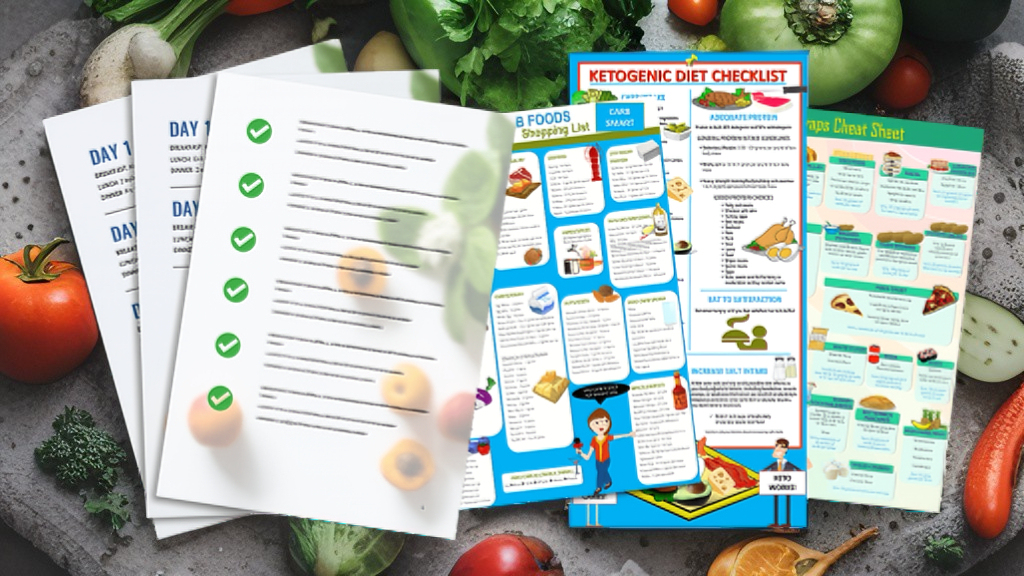
Smart macros and food quality for confidence
A practical macro starting point for keto diet and recipes is 5–10% carbs, 20% protein, and 60–75% fat, adjusted based on body size, activity, and tolerance to maintain consistent ketone production.
Higher‑quality fats—olive oil, avocado, nuts, seeds, and fatty fish—fit better inside keto diet and recipes than heavy reliance on processed meats or butter‑only strategies, particularly for lipid management.
Vegetable diversity (leafy greens, crucifers, zucchini, asparagus, peppers) keeps fiber adequate within keto diet and recipes while respecting carb limits when portions are measured thoughtfully.
Electrolytes, fiber, and hydration
Because glycogen binds water, initial diuresis can deplete electrolytes during keto diet and recipes, so including broths, mineral water, and mineral‑rich foods helps mitigate cramps and lethargy.
Non‑starchy vegetables, chia, flax, and low‑sugar berries add fiber to keto diet and recipes, supporting digestion and fullness as the body adapts to lower carbohydrate intake.
Hydration should be consistent across the day, with gradual adjustments during hot weather or higher training loads while maintaining keto diet and recipes.
Product spotlight: The Ultimate Keto Meal Plan
The Ultimate Keto Meal Plan is a structured program that typically includes weekly menus, shopping lists, and easy‑to‑follow keto diet and recipes designed to reduce decision fatigue and maintain ketosis with accessible ingredients.
Independent write‑ups describe checklists, meal prep guidance, and a variety of recipe formats that help simplify the transition for beginners and support ongoing adherence for busy schedules using keto diet and recipes.
As with any plan, suitability varies, and reviewers note that strict protocols may not fit everyone long‑term, which is why flexible, real‑food‑first keto diet and recipes and medical context are advised for lasting success.
What’s typically inside and how to use it
Users can expect step‑by‑step weekly menus, grocery lists, and practical substitutions so keto diet and recipes can be executed without macro math on every plate.
Printable or mobile‑friendly formats make it easier to shop and cook consistently, which is crucial for sustaining keto diet and recipes beyond the first week of enthusiasm.
Consider pairing the plan with periodic health checks and lipid panels, and emphasize unsaturated fat choices to align keto diet and recipes with broader cardiometabolic goals.
High‑intent keywords woven into helpful guidance
Searchers often want keto diet and recipes that include “keto meal plan,” “keto breakfast,” “keto snacks,” “net carbs,” “ketosis,” “meal prep,” and “low carb recipes,” all of which appear here in practical, evidence‑aware context.
Keto diet and recipes also align with interest in “macro calculator,” “electrolytes,” “keto flu,” “MCT oil,” and “intermittent fasting,” though fasting is optional and should not overshadow dietary quality or medical guidance.
Embedding these terms inside useful explanations ensures keto diet and recipes content remains both searchable and trustworthy for readers and editors alike.
A practical 7‑day blueprint of keto meals
The following examples illustrate keto diet and recipes that emphasize vegetables, lean‑to‑moderate proteins, and unsaturated fats while keeping carbs low and fiber present through non‑starchy produce and seeds.
Portions should be adjusted to individual energy needs, and seasonings should favor herbs, spices, citrus, and olive oil to keep keto diet and recipes flavorful and heart‑conscious.
Electrolyte‑aware hydration—broth, mineral water, and consistent fluids—supports comfort during week one of keto diet and recipes.
- Day 1: Eggs with spinach and olive oil; salmon salad with avocado; chicken thighs with roasted broccoli and tahini drizzle for keto diet and recipes.
- Day 2: Greek‑style omelet, olive oil–lemon vinaigrette salad with feta, and zucchini‑pesto chicken for keto diet and recipes.
- Day 3: Chia‑flax yogurt bowl (unsweetened), tuna‑olive‑capers salad, and beef stir‑fry with mushrooms and bok choy for keto diet and recipes.
- Day 4: Scramble with peppers and cheddar, lettuce‑wrapped turkey burgers, and shrimp with garlic‑butter green beans for keto diet and recipes.
- Day 5: Cottage cheese with walnuts and cinnamon, Cobb‑style salad, and roasted chicken with cauliflower mash for keto diet and recipes.
- Day 6: Avocado‑egg boats, sardines with arugula and lemon, and lamb chops with asparagus and mint yogurt for keto diet and recipes.
- Day 7: Almond‑flour pancakes (unsweetened) with berries in moderation, nicoise‑inspired tuna plate, and tofu stir‑fry with sesame greens for keto diet and recipes.
These ideas keep carbs constrained while offering variety and texture, reflecting keto diet and recipes that center real foods over processed snacks or low‑quality fats.
Swaps are encouraged—choose similar low‑carb vegetables and proteins—so keto diet and recipes stay flexible around availability and preference.
When in doubt, begin with half‑plate non‑starchy vegetables, a palm‑sized protein, and a thumb or two of healthy oil to build consistent keto diet and recipes.
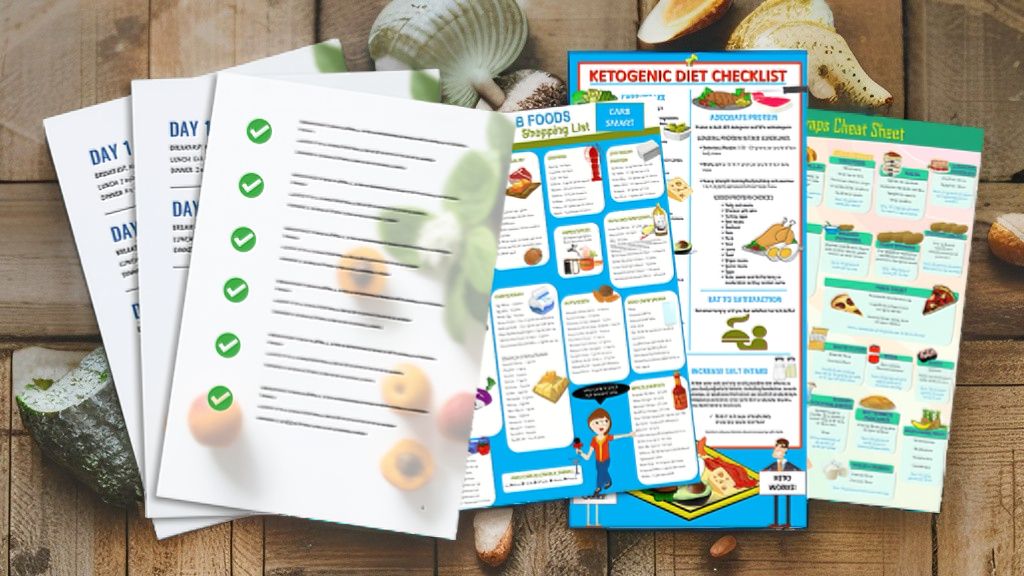
Grocery list for a smoother week
A smart shopping list keeps keto diet and recipes on track by reducing weekday friction and last‑minute compromises that spike carbs.
Focus baskets on leafy greens, cruciferous vegetables, avocados, olives, olive oil, eggs, fish, poultry, tofu/tempeh, nuts, seeds, herbs, and spices for keto diet & recipes.
Look for minimally processed cheeses and yogurts, and keep a broth or electrolyte option on hand during the first two weeks of keto diet & recipes.
Meal prep and batch‑cooking tips
Cook proteins in batches, roast multiple trays of low‑carb vegetables, and portion sauces in jars to assemble keto diet & recipes in minutes on busy days.
Premade vinaigrettes with olive oil and citrus, plus prewashed greens, turn leftovers into instant bowls for sustainable keto diet & recipes.
Label containers with day and meal to reduce decision fatigue, which protects adherence to keto diet & recipes over time.
Troubleshooting common issues
If “keto flu” appears—fatigue, headache, cramps—consider sodium and fluid intake, add potassium‑ and magnesium‑rich foods, and tighten carb consistency within keto diet and recipes.
If lipids worsen, review saturated fat sources and pivot toward olive oil, nuts, seeds, and fish while maintaining keto diet & recipes within personal carb tolerance.
If adherence slips, lean on prebuilt menus, shopping lists, and simple recipes from The Ultimate Keto Meal Plan to restore routine keto diet & recipes without willpower battles.
How The Ultimate Keto Meal Plan fits a real week
A strong plan reduces friction, so prewritten menus and lists streamline keto diet & recipes for consistently low carb intake with appealing variety.
Reviewers highlight the convenience of guided calendars, macro‑aware portions, and substitution notes that keep keto diet & recipes sustainable around social and work demands.
Because needs differ, the plan should be used as a template rather than dogma, making space for medical input and bloodwork when personalizing keto diet & recipes.
Who this product helps most
Beginners who want structure, busy professionals who need speed, and anyone seeking reliable low‑carb variety can benefit from a packaged approach to keto diet & recipes.
Those with complex medical histories should consult clinicians before starting any template, including this one, and monitor biomarkers while following keto diet & recipes.
Long‑term success is likelier when the plan emphasizes quality foods and flexible adjustments, not rigid rules that make keto diet & recipes feel punitive.
FAQs
Is keto superior to every other diet?
Evidence suggests keto diet & recipes can support weight and appetite control for some adults, but it is not universally best, and preferences, health status, and adherence determine outcomes.
What macro targets work for most people?
A common starting point for keto diet and recipes is ~70–75% fat, ~20% protein, and ~5–10% carbs, adjusting to maintain ketosis without compromising food quality.
How long until ketosis starts?
Many reach ketosis within several days of consistent carb restriction in keto diet and recipes, though timing varies with activity, prior intake, and genetics.
What are the main risks?
Short‑term effects include “keto flu,” while longer‑term considerations include lipids and nutrient adequacy; certain populations face specific risks and require supervision on keto diet & recipes.
Should saturated fat be limited?
Harvard advises emphasizing unsaturated fats inside keto diet & recipes, which aligns better with cardiometabolic risk reduction than saturated fat–heavy patterns.
Is this approach appropriate for diabetes?
Some studies indicate improved glycemic control under medical supervision, but there are real risks—especially for type 1 diabetes—so professional guidance is essential for keto diet & recipes in diabetes contexts.
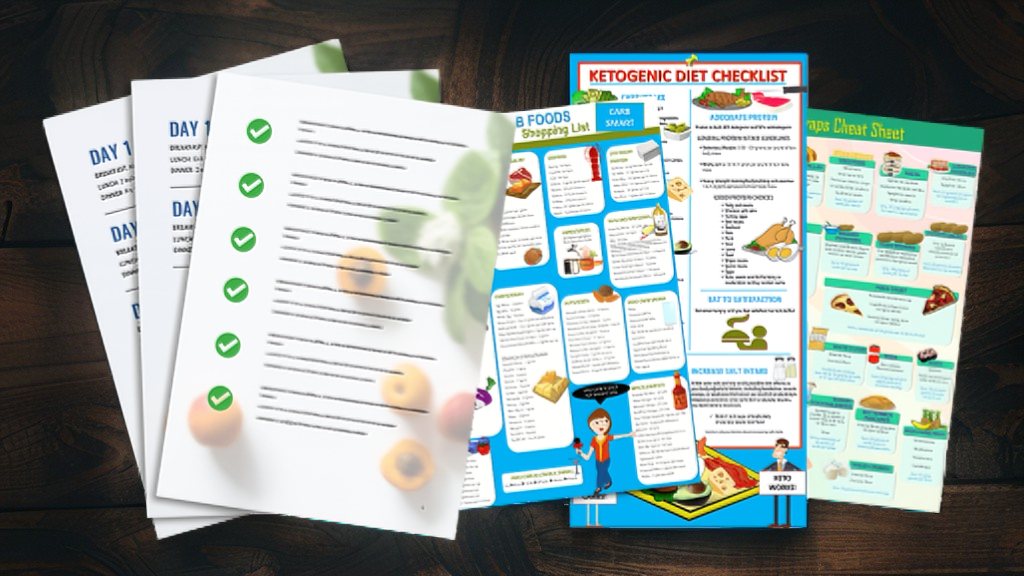
Put it all together
- Use a credible macro framework, prioritize unsaturated fats, and load the plate with non‑starchy vegetables to build nutrient‑dense keto diet & recipes from day one.
- Manage electrolytes, hydration, and fiber to reduce adaptation symptoms while sustaining progress with keto diet and recipes.
- Leverage The Ultimate Keto Meal Plan for ready‑to‑use menus and lists that lower friction and improve adherence to keto diet and recipes, while personalizing with professional input as needed.
By combining evidence‑aware nutrition choices with structured planning, keto diet & recipes can feel positive, energizing, and sustainable—delivering clarity and confidence instead of confusion and cravings.

